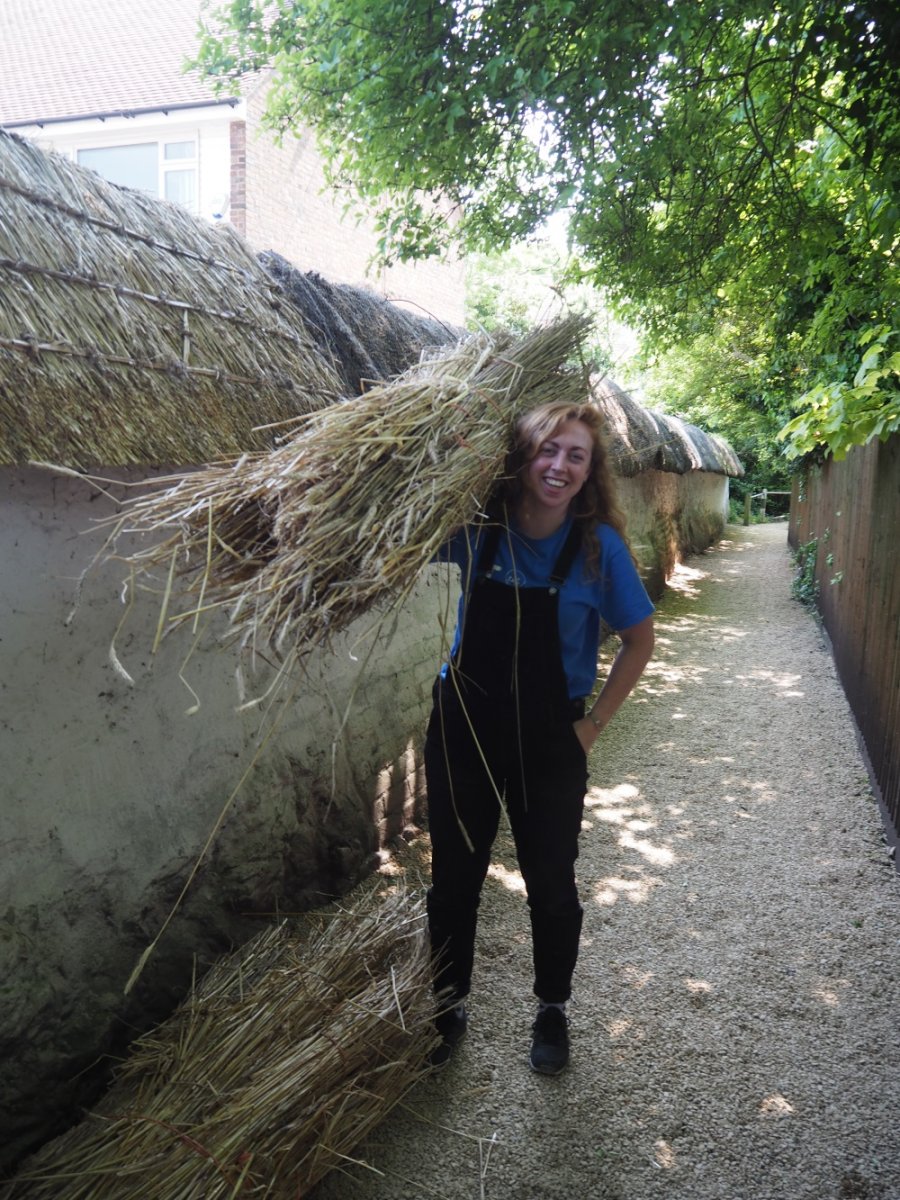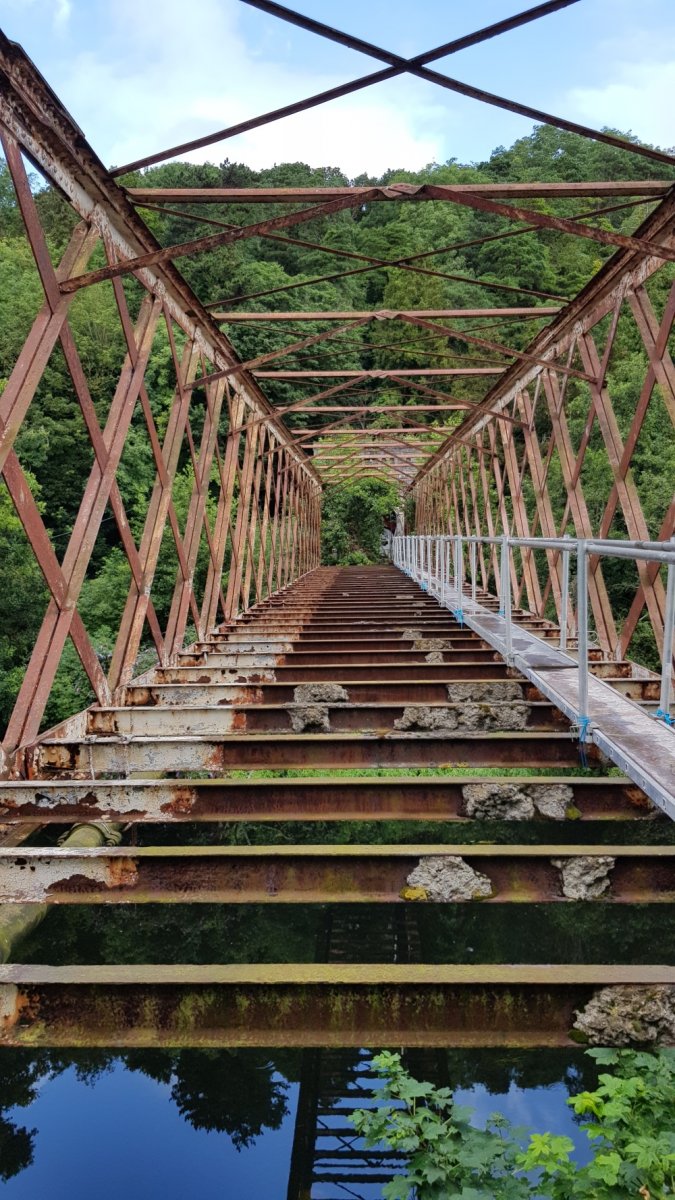To celebrate International Women in Engineering Day we asked SPAB Scholar Tríona Byrne to write about her work as a conservation engineer.
I'm Tríona, a structural engineer working primarily in conservation - also known as a conservation engineer. I studied civil and structural engineering in university and then did my Masters thesis on the repair of historic masonry arch bridges. That ignited my love of old buildings and I've known since then that I wanted to focus on conserving them.

A degree in structural engineering involves studying the maths behind how buildings stand up, the forces that keep them standing and the mechanisms by which they fail. Unfortunately, most undergraduate engineering degrees focus on modern construction techniques (reinforced concrete, steel frames, composite materials). So most conservation engineering skills are self-learned via experience on jobs, shared knowledge from colleagues and peers in the conservation sector, and of course from attending CPD courses and schemes like the SPAB Scholarship. Once an engineer has gained sufficient conservation experience, they can apply to be on the Conservation Accreditation Register of Engineers (CARE), which I am working towards.
In the past year in my job at CORA Consulting Engineers, I've worked on a huge variety of projects, from repairing ruinous masonry walls, to designing modern insertions into historically significant mill buildings, repairs to 18th century timber roofs as well as flagstone roofs, condition surveys of all manner of structures including an 18th century wrought iron bridge, and repairs to houses and castles of all shape and sizes.
I'm passionate about vernacular buildings and through my volunteer work as Chairperson of SPAB Ireland and on the Conservation Group committee of Engineers Ireland, I hope to raise awareness about the importance of protecting humble vernacular buildings and to promote the traditional craft skills that were used to build them.
Photos by Tríona Byrne
